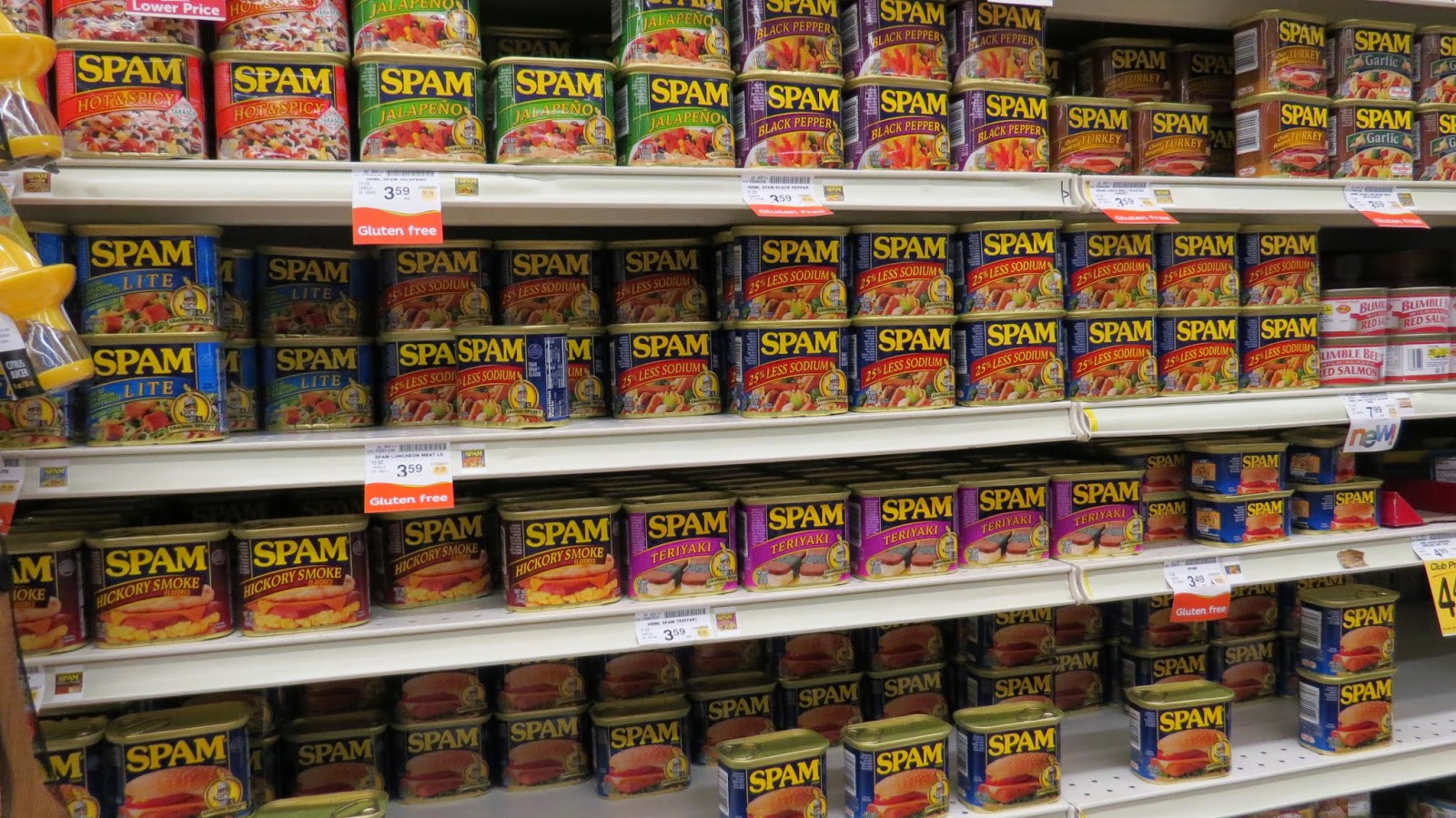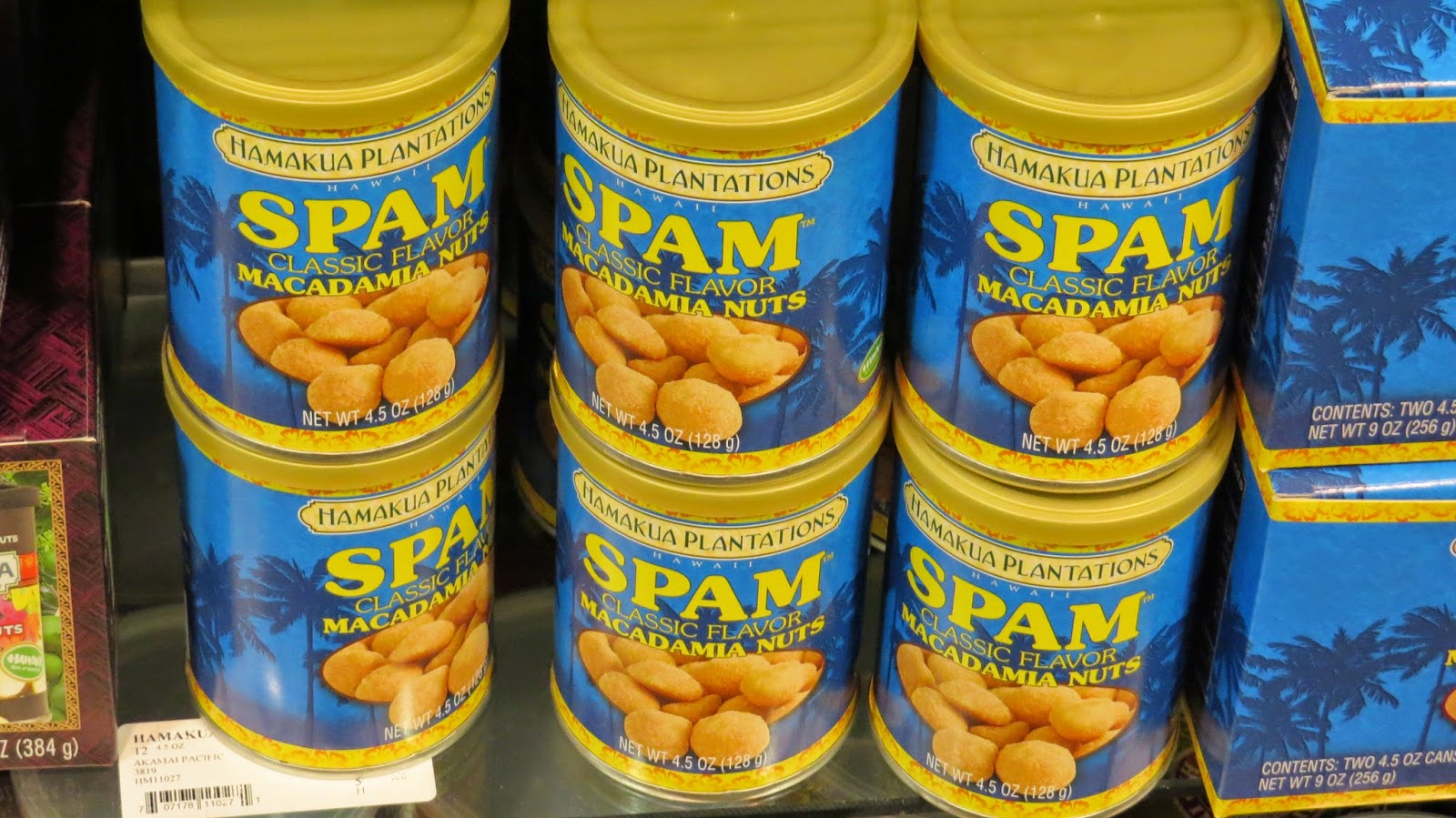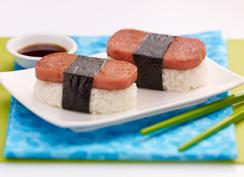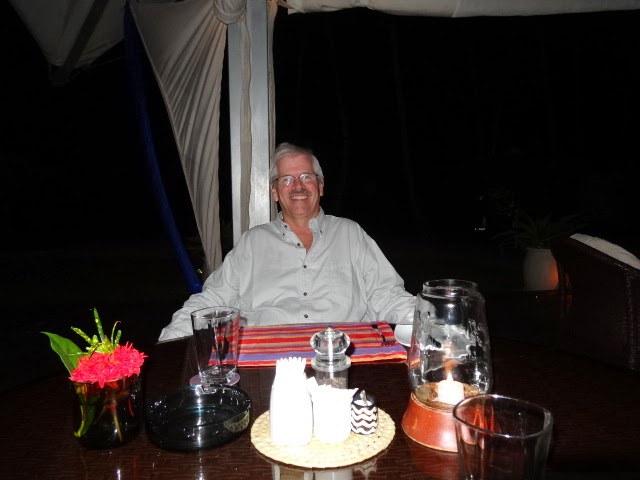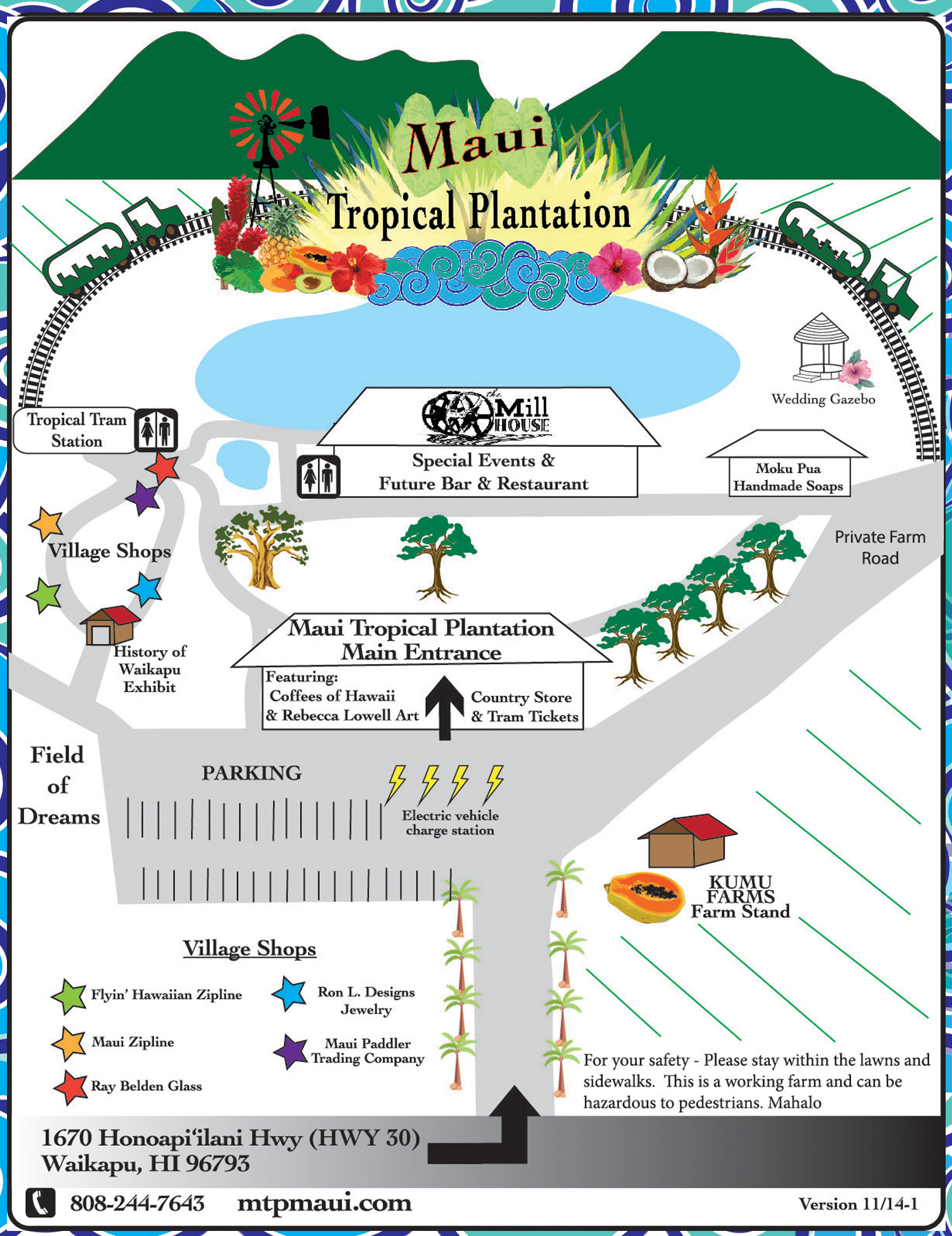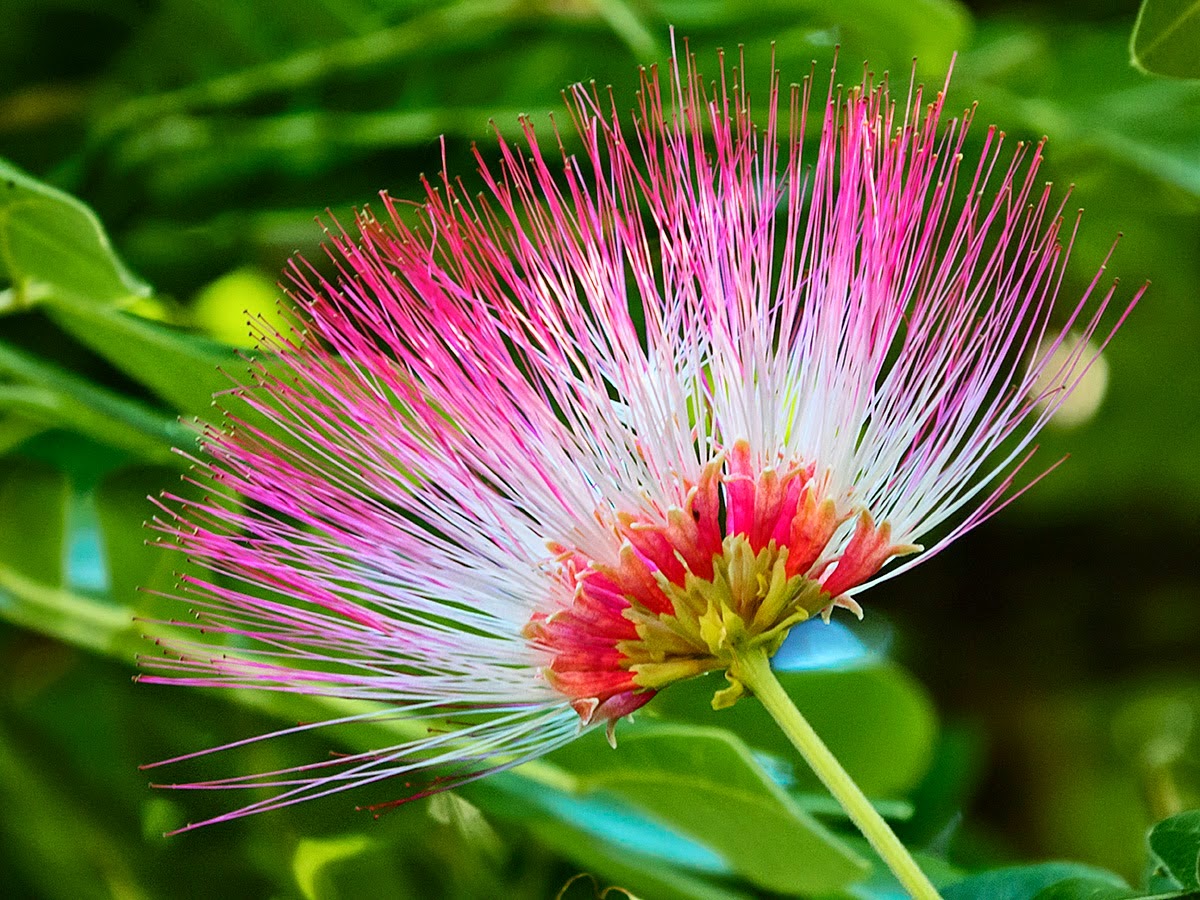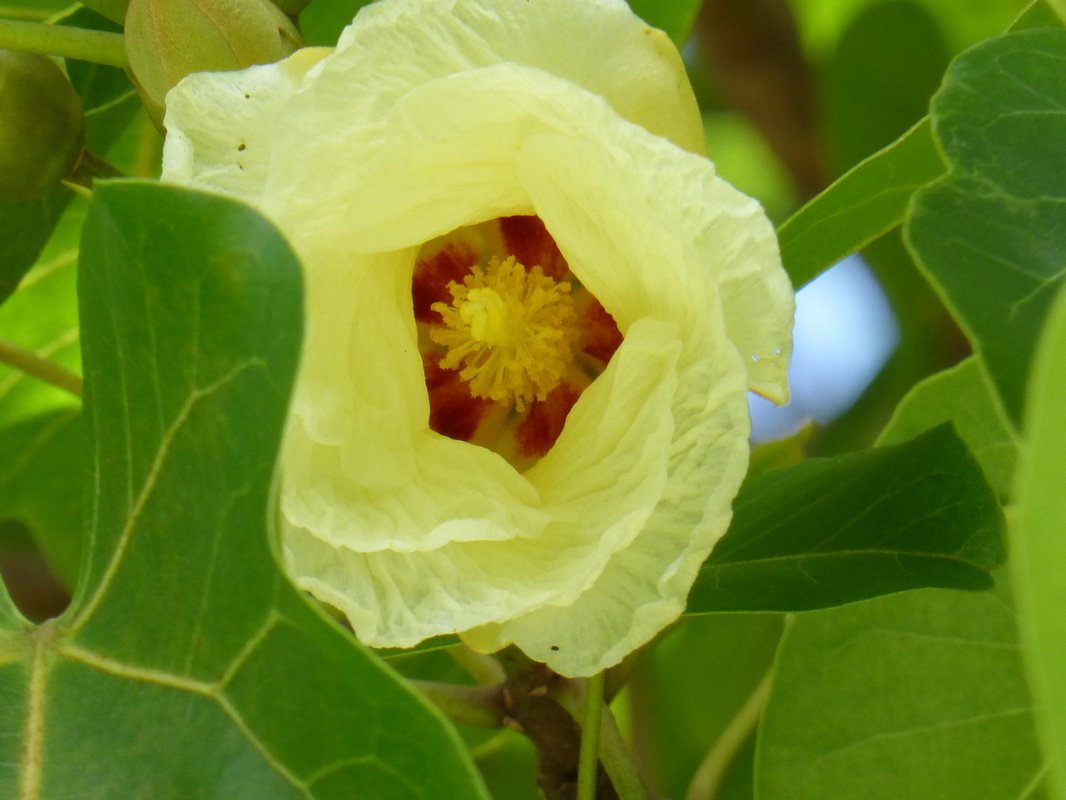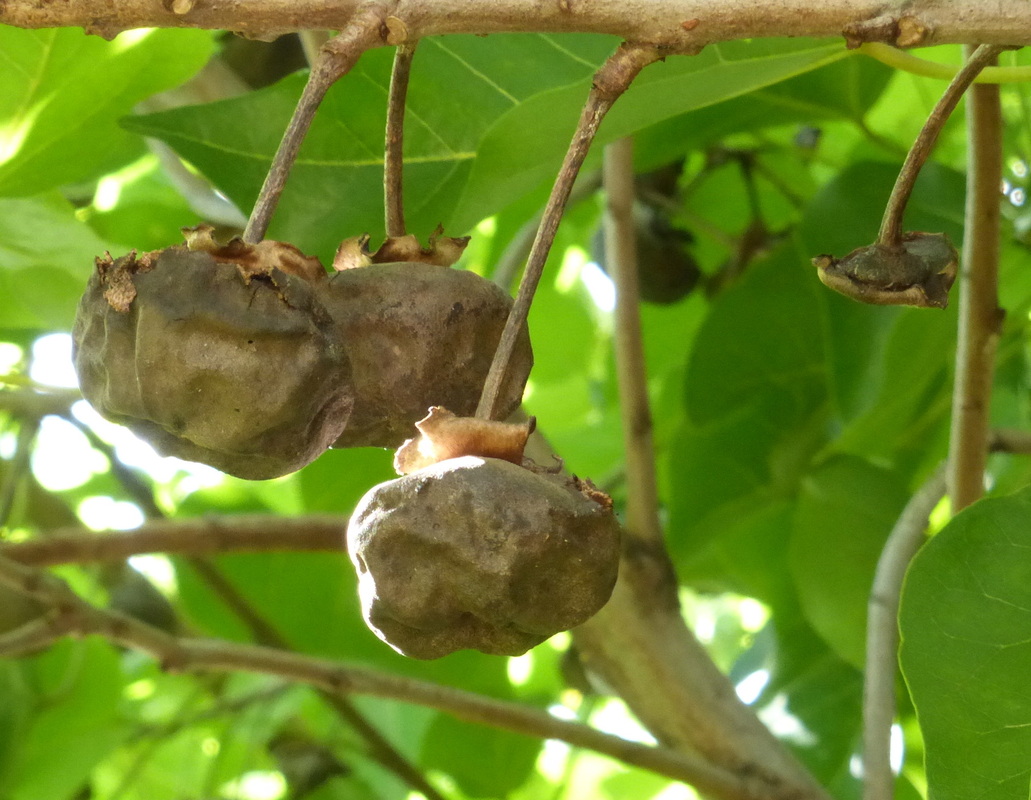We have a post ready to upload from yesterday’s sightseeing in Kaanapali Beach. Unfortunately, there’s some issue with the internet preventing the upload of any photos.
Most likely this issue will resolve over the next few hours. Please check back later today for this new post with photos. Sorry for the inconvenience. We’ll be back later today.

